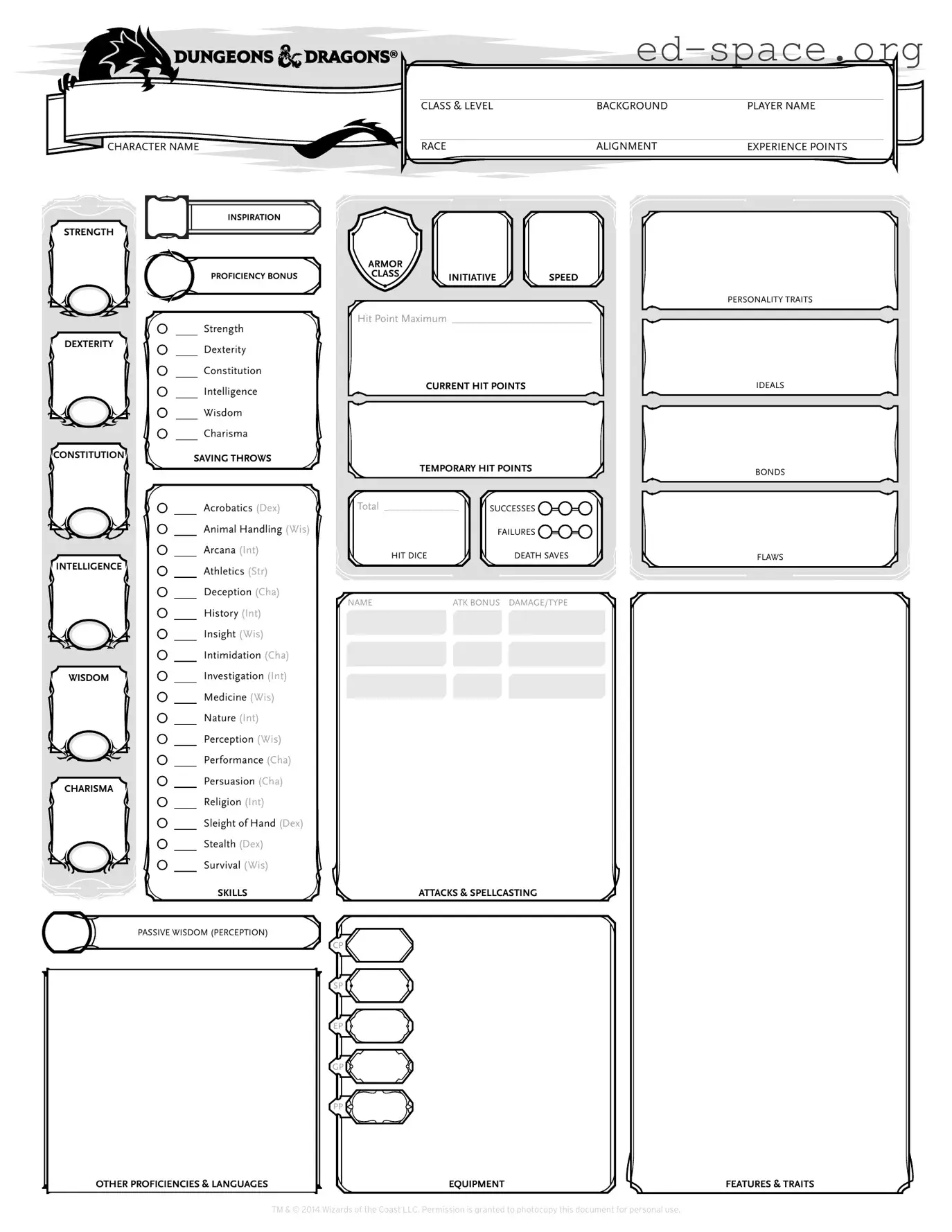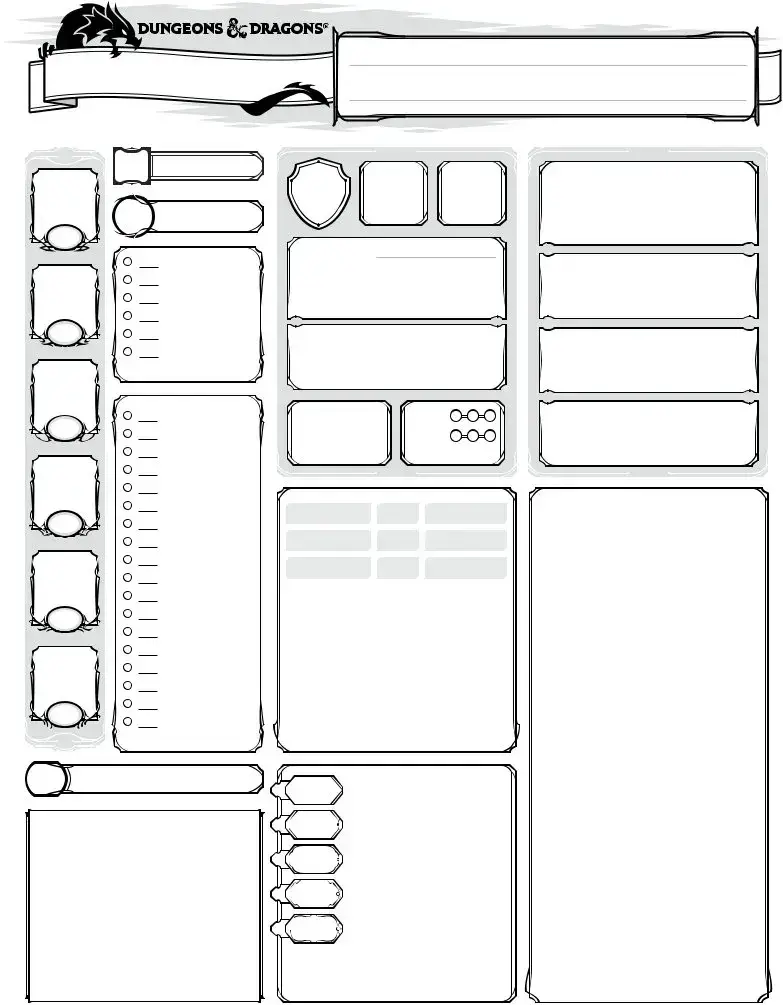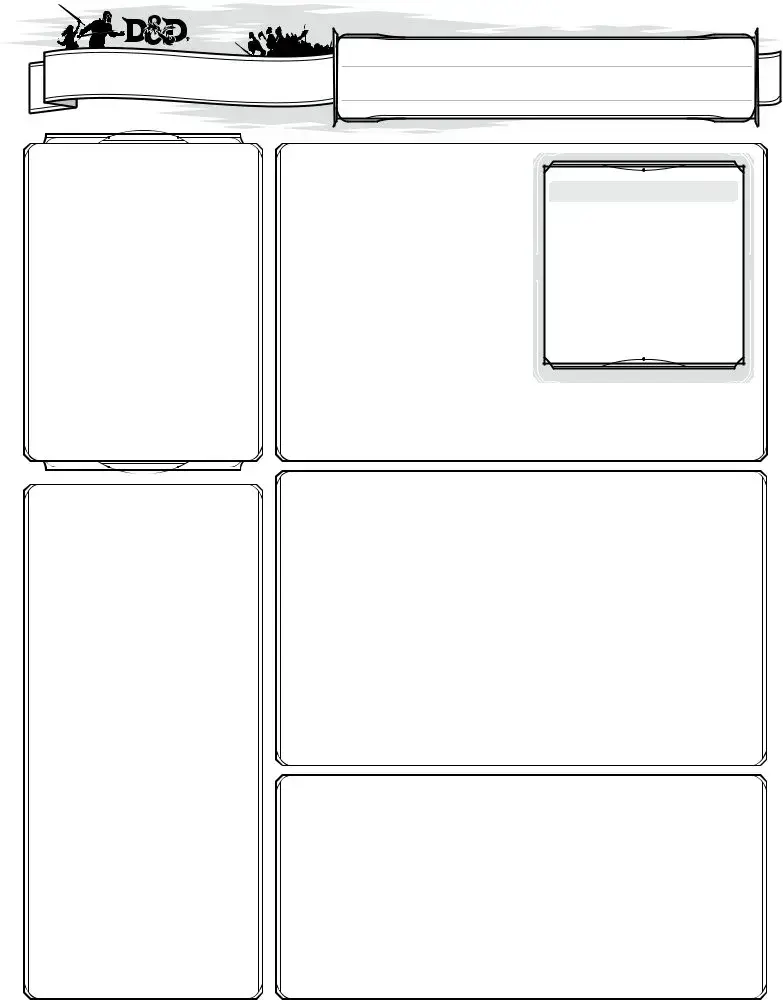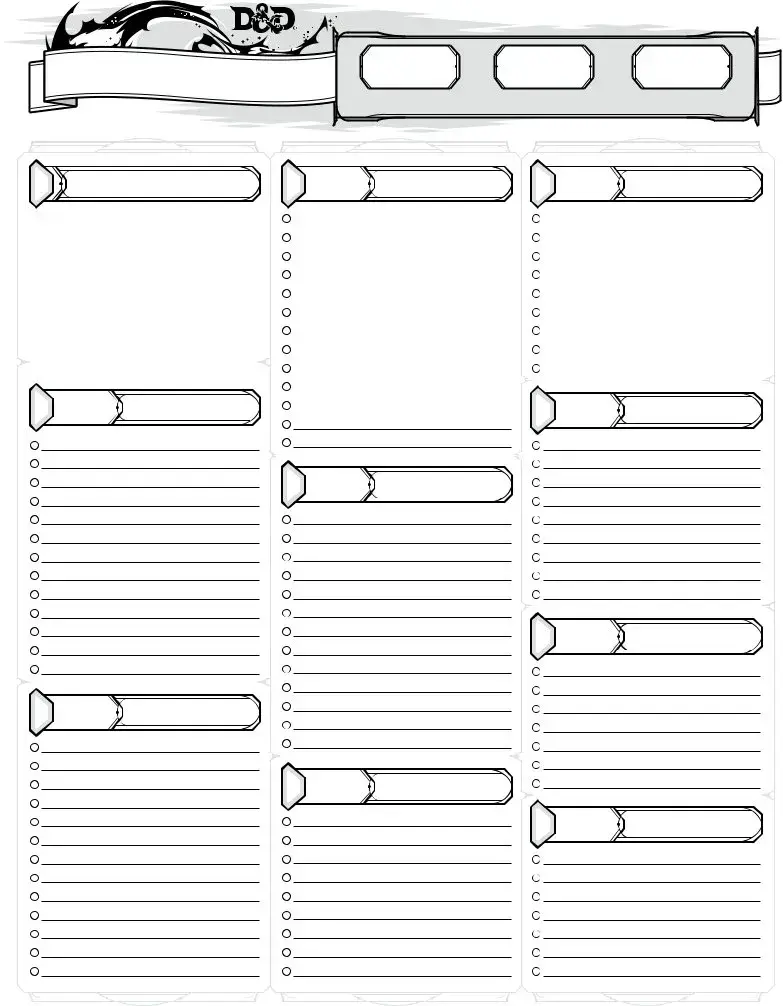What is a D&D Character Sheet?
A D&D Character Sheet is a document used by players to keep track of various attributes, skills, spells, and inventory of their Dungeons & Dragons character. It serves as a personal record for the player's character's background, ongoing development, abilities, and achievements throughout the game.
How do I fill out a D&D Character Sheet?
To fill out a D&D Character Sheet, begin by entering basic information about your character, such as their name, class, race, level, and background. Next, calculate and record your character's ability scores, such as Strength, Dexterity, and Intelligence. Input your character's hit points, armor class, and initiative. Finally, detail your character's skills, spells, equipment, and other pertinent background information. Guidance from your Dungeon Master and the Player's Handbook can help ensure accuracy.
Can I create a character sheet digitally?
Yes, digital creation of a D&D Character Sheet is possible and encouraged by many in the gaming community. Various online platforms and apps provide templates and tools that facilitate the digital creation and editing of character sheets. These digital forms often include automated calculations to assist with the initial setup and ongoing maintenance of your character's statistics.
Is there a standard template for all D&D Character Sheets?
While there is a basic layout that most D&D Character Sheets follow, reflecting the core game's needs, variations exist. These variations cater to different editions of the game or accommodate players' personal preferences and the specific requirements of their Dungeon Masters. However, the core elements such as character attributes, skills, and inventory spaces are commonly found across all templates.
How often should I update my D&D Character Sheet?
Your D&D Character Sheet should be updated regularly, typically after each gaming session. Recording new items acquired, spells learned, experience points gained, and any changes in attributes or skills ensures that your character sheet accurately reflects the current state of your character.
What do I do if I make a mistake on my D&D Character Sheet?
Mistakes on a D&D Character Sheet can easily be corrected. For paper sheets, simple erasures or use of correction fluid can fix errors. If the sheet is digital, most platforms allow for effortless editing. It's important to communicate any significant changes to your Dungeon Master to maintain the continuity and integrity of the game.













